See the Original Manuscript of Kafka's 'The Metamorphosis' at The Morgan Library
Join a guided tour of a special exhibit on Franz Kafka featuring artifacts never displayed in the US!


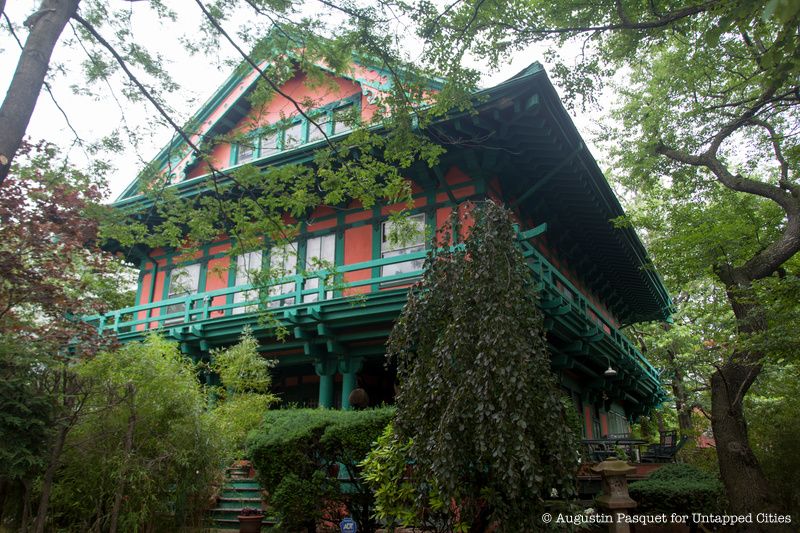
Over the years, New York City has just about seen it all– and was at the forefront of innovation for most of it. During prohibition, the city had some of the most lavish speakeasies, New York built the careers of some of the most famous jazz musicians and writers, and it’s home to more than one record-holding piece of architecture. However, there are some things that even New York City can only claim to have “one” of– whether that “one” thing was the only ever in existence, or history has simply washed away all its siblings. From colonial-era homes to remnants of sports arenas, here are 10 things that stand alone in New York City.
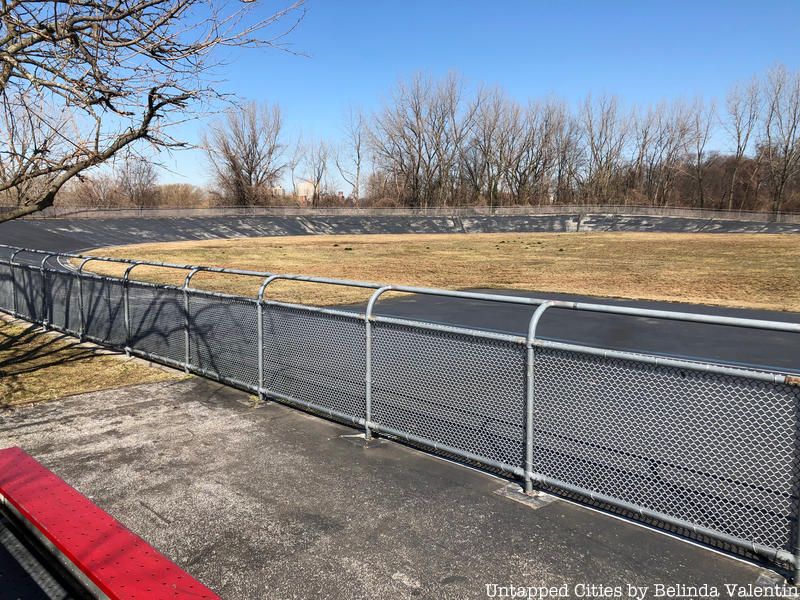
The Kissena Velodrome, a 400-meter outdoor track located on Booth Memorial Avenue at Parsons Boulevard in Flushing’s Kissena Park, is New York’s only remaining cycling track. It is complete with bleachers and sharply banked curves, and draws cyclists from all over New York to race and bike without disturbance.
Robert Moses built the velodrome in 1962 for the 1964 Olympic Trials. When it started to deteriorate, the city renovated it in 2004, partially thanks to the efforts of the Kissena Cycling Club. Still, the track hasn’t been maintained too well; the surfaces are uneven. Yet, the velodrome continues to draw individual cyclists from all over New York City, some of whom know it as “the track of dreams,” as well as groups like the Kissena Cycling Club and the Star Track racing program.
Cycling’s popularity peaked in the early 1900s, and started to decline during the Great Depression. According to the American Track Racing Association, there are only 26 velodromes left in the country, so New Yorkers should be sure to cherish the one we have right here in Flushing.
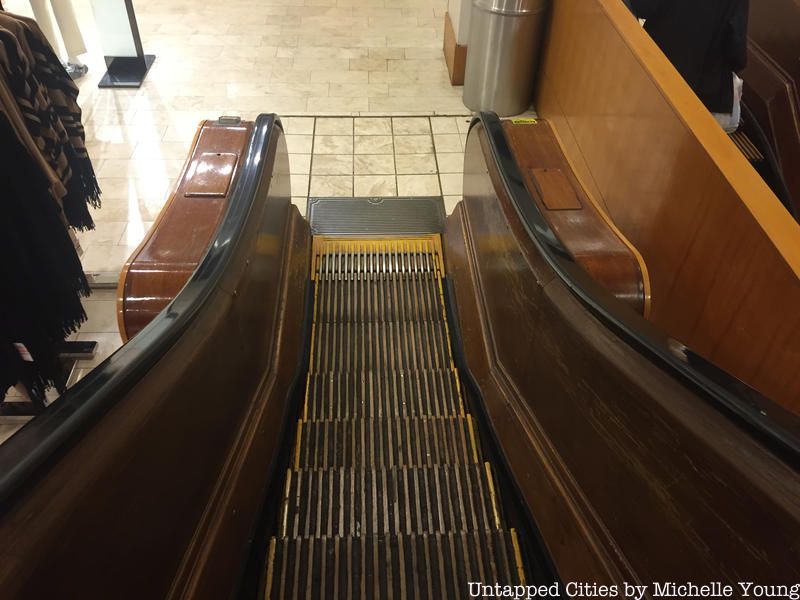
Another holdout would be New York City’s only wooden escalators located at Macy’s.The original wooden commercial escalators, some which still stand today were manufactured by Otis Elevator Company in the early 1920s. Made of Ashwood, treads and all, the escalators were brought in as an addition toward modernizing their original 1902 building. The only addition since then (besides regular up-keep) were metal treads added some of the 20 escalators, while the oak sides remained in tact.
However, the preservation of the escalators wasn’t always so certain. In 2015, Macy’s finally finished from a $400 million reservation, which took over four years to complete. During that time, preservationists, New York city-lovers – and we’d bargain even the everyday Macy’s shopper– had their fingers crossed that the wooden escalators would be left in tact at the end of the process. They got their wish.
“When I would tell people about the renovation,” Steven Derwoed, the senior vice president for store design and merchandising told the New York Times, “without exception, the first thing they’d say was, ‘Please tell me you’re keeping the wooden escalators.’” Derwoed went on to call the escalators “iconic,” saying that they are distinctive to the brand of Macy’s and though New Yorker’s speculated, they were never in any danger of leaving.
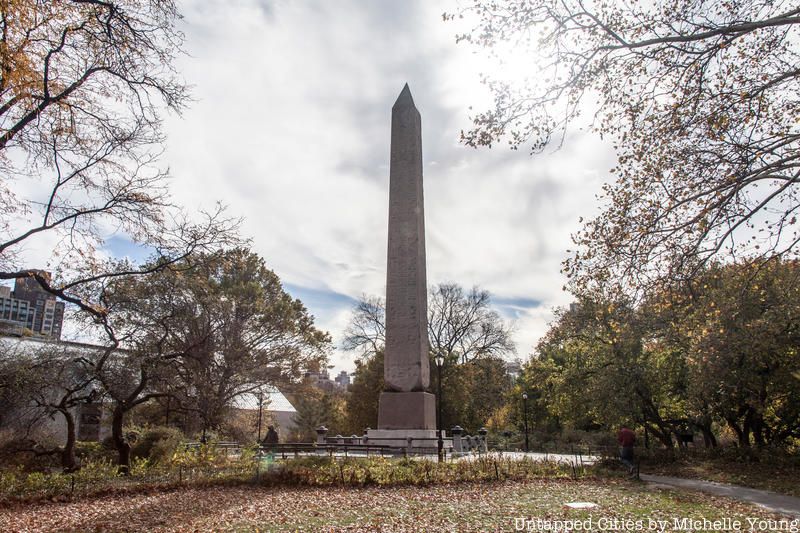 Cleopatra’s Needle in Place on Graywacke Knoll in by the Metropolitan Museum of Art
Cleopatra’s Needle in Place on Graywacke Knoll in by the Metropolitan Museum of Art
One monument very unique to New York City also happens to oldest outdoor monument in the city– 3,460 years old to be exact. That’s the age of the Egyptian obelisk that sits in Central Park, which generally goes by its widespread nickname, Cleopatra’s Needle. The obelisk is one of two that were created by Egyptian Pharaoh Thutmose III who ordered the two great granite obelisks to celebrate his jubilee. Since then, they’ve been through devastating fires, restoration and a move to Alexandria by Augustus Caesar, and then another trip– this time over oceans with one in London, and Cleopatra’s Needle here in New York City. By the time Cleopatra’s Needle traveled to the states it took 16 weeks just to move it from 96th Street to Greywacke Knoll in Central Park, and 19 days, night and day just to cross the park on the 86th St transverse during bitter winter weather.
Why an obelisk? Well, turns out in the 18th century, the world was going through somewhat of an inexplicable obelisk fever. A New York Herald reporter wrote, “It would be absurd for the people of any great city to hope to be happy without an Egyptian Obelisk! Why, London, Paris and Rome could point the finger of scorn at us and intimate that we could never rise to any real moral grandeur until we had our own obelisk!” In May of 1879 the khedive provided a letter making a gift of Cleopatra’s Needle to the city of New York.
It’s safe to say the installation was one of the political and technological feats of the century, involving the builders of the Brooklyn Bridge, William Henry Vanderbilt, Lt Commander Henry Honeychurch Gorringe of the U.S. Navy, the commissioner of NYC’s parks, and the owner of the New York World paper. A parade of 9000 Freemasons led by The Grand Master Mason of New York, “the Most Worshipful Jesse B. Anthony,” marched up Fifth Avenue for the solemn laying of the cornerstone on October 11, 1880.
Also, at the time of the installation, a time capsule was buried just beneath. It included an 1870 U.S. census, the Bible, Webster’s Dictionary, the complete works of Shakespeare, a guide to Egypt, and a facsimile of the Declaration of Independence.
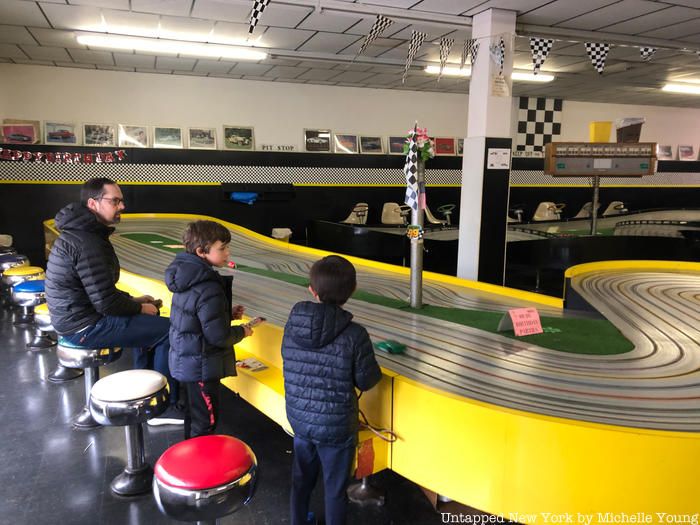
The 1965 arcade, Buzz-a-Rama in Kensington, Brooklyn, is the the last remaining slot-car-racing storefront in the city. Back when Buzz Perri opened the arcade, the establishment was in good company with 14 other slot-car shops in Brooklyn and an additional 26 across the rest of the city. As technology grew more sophisticated, interest in racing physical model cars around a forever-fixed track waned among the majority of the populace.
However, those that stayed in the race have become almost cult-like fanatics of the game. In fact, slot racing just closed the registration for their 2017 world championship in Italy on June 30th, with the competition to begin in October. By the end of the registration period, the competition officially has entries from 160 drivers from 17 different countries. Italy took the lead with 25 participants followed by 21 in the United Kingdom and the United States and Latvia tying for third with 17 contestants each.
So if slot-car racing world champion sounds like a good plan to any New Yorkers, looks like Buzz-a-Rama is where they’ll have to head to get their practice in. There, they would be joined by a “small but loyal clientele,” who come to enjoy the five different tracks Buzz and his wife Dolores have to offer during their operating hours on Saturdays (with the summer months closed entirely).

Known as the Donjon Iron and Metal Scrap Processing Facility, the Witte Marine Scrap Yard, the Arthur Kill Boat Yard, or simply the “Staten Island Boat Graveyard,” the city’s only remaining commercial marine salvage yard is located in Rossville, Staten Island. The site is a popular one amongst urban explorers, but the no trespassing and beware of dog signage, along with the marshy terrain make it quite the challenge by foot. Another, more effective way to see the boatyard is by kayak.
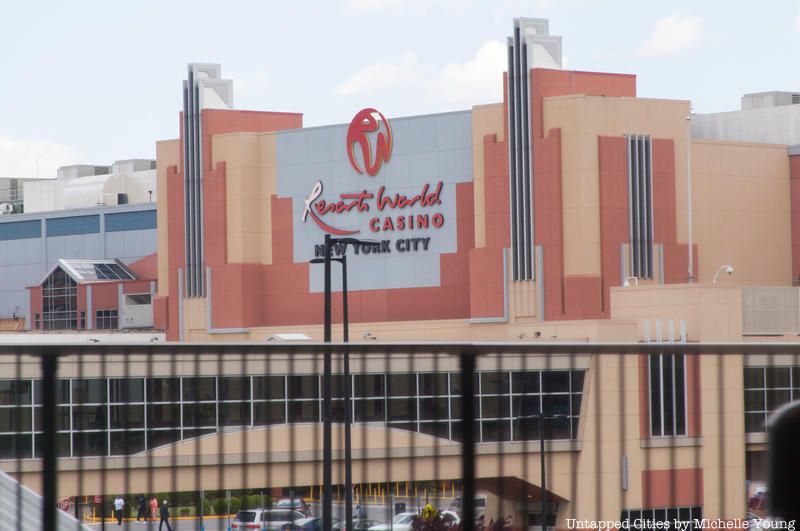
Resorts World Casino has several firsts and only’s to its name. It’s the first legal casino in New York City (though the city was once plagued by illegal mafia-backed slot machines), and the only casino in the five boroughs. Resorts World, owned by a Malaysian conglomerate company, is located in the grandstand of the Aqueduct Racetrack, a thoroughbred racing site in Ozone Park, Queens not far from JFK Airport. In 2017, a $400 million expansion for the casino was announced which will add a 400-room hotel and four restaurants.
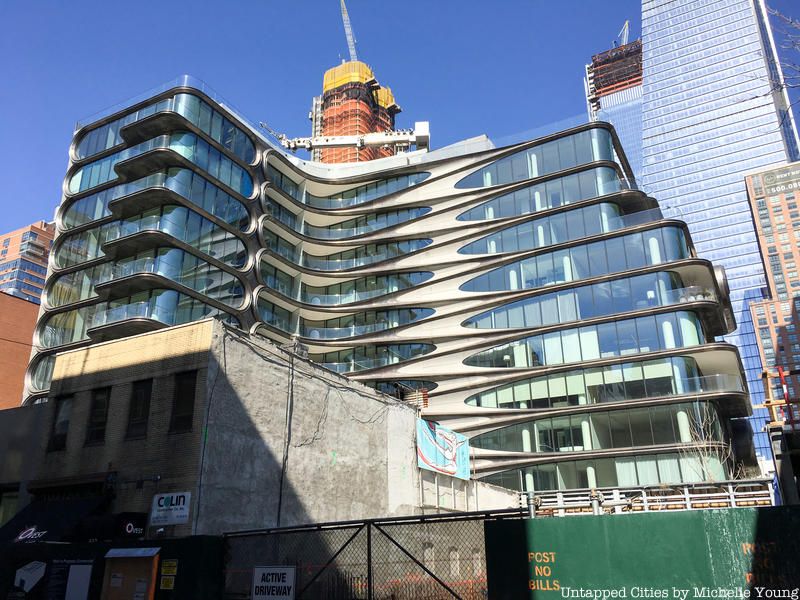
The under construction condo building at 520 West 28th Street in Chelsea is the only New York City project of celebrated architect, the late Zaha Hadid. In 2004, Hadid became the first women ever to win the Pritzker Prize in architecture– the highest ranking award one can receive in the field. She died in April 2017.
Hadid is responsible for some of the most innovative, intriguing and intelligent architecture of contemporary times. From her 1994 Vitra Fire Station in Well am Rhein–one of her first defining early works– to glorious designs for buildings that have yet to reach their completion such as the One Thousand Museum in Miami (set to finish in 2018). However, though Hadid has several projects still in the works, some even with timelines altogether unknown, Hadid passed away unexpectedly in 2016 at the age of 65 as a result of complications from bronchitis. Other works will remain simply, unbuilt.
As of today, the space-age style condos with 5-million-dollar views overlooking the High Line, is the only building New York has to honor her career. However, one of the last commissions Hadid made before her death was for the Moinian Group– one of the largest privately held real estate firms in the country– which is set to rise at 220 Eleventh Avenue. On the site, the Moinian group–says that “preserving the artistic integrity of this project is paramount in order to engrain the spirit of Zaha herself into the streets of Manhattan.”
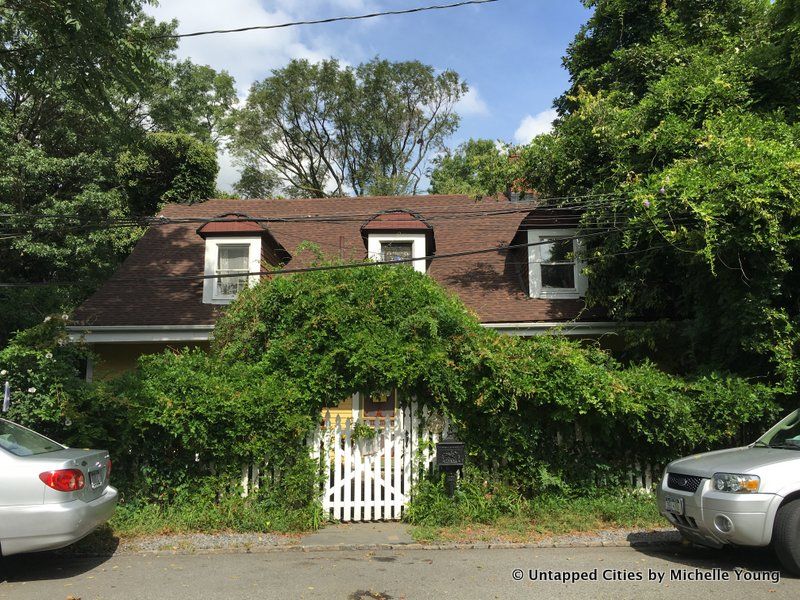
Behind a white picket fence between the entry to Riker’s Island and a Tudor garden apartment community in Queens, lies the last Riker house: the Lent-Riker-Smith homestead. Built around 1655, the home has aged into an enchanting place. It is also the oldest private residence in New York City and has been almost continuously occupied since its completion. Its restoration and current incarnation is due to decades of hard work by current occupant Marion Duckworth Smith.
At the time Michael Smith (Marion’s husband) bought the home in 1966, he was only the third person to have ever owned the home – next only to the Riker family themselves and an accountant named William Gooth. Michael hadn’t planned to do much with the home, letting it become his warehouse, but then he met Marion. When Marion first saw the home, she had been convinced it had been sitting in disarray just waiting for her. It had been a childhood dream of Marion’s to bring such a house back to life.
The first project which Marion tackled was the attic. Marion discovered ledgers, wills, financial directories, diaries, photographs, and other documents which provided a lens into daily life of the Riker family. Marion felt as if she had discovered a time machine in her attic. By reading the daily correspondence and other documents, she was able to follow the lives of the Riker family members as they grew older. The majority of the papers were donated to the Long Island Historical Society (now the Brooklyn Historical Society), but Marion kept what she called “the good stuff.” Her prized documents include animal feed bills, canceled checks, and a last will and testament which left the family’s bed, its most prized possession, to the eldest son.

Situated at 131 Buckingham Road down in Flatbush, Brooklyn is what the New York Times in 1997 referred to as: “perhaps New York’s most unusual residence.” The Frederick and Loretta Kohle House, or “The Japanese House” as it’s called most commonly, is the only oriental-style house built in New York City.
While several myths swirl around the homes creation– that it was built special for the Japanese Ambassador, and it was shipped over piece by piece from Japan among others– the reality is much less exotic. It was constructed back in 1903 with the design by the Dreamland, Coney Island architectural firm: Kirby, Petit & Green with the intention for it to be an marketing initiative for the newly developing neighborhood. Though at the time of its construction, it was sold below the expected price, today the house remains both a signature for New York City and a home for Gloria and Albert Fischer who purchased it in the 1970’s.
Since the Fischer’s bought the Khole House, they’ve restored it to its original orange and green paint job and have filled the rooms with eclectic antiques that they’ve gathered over the course of 40 years. The Fischer’s will even host the occasional tour, which can be inquired about at 131tour@gmail.com. Also be sure to check out feature of the Japanese House and other Brooklyn relics in Secret Brooklyn: An Unusual Guide, the newest book by Untapped Cites founder, Michelle Young, and Augustin Pasquet.
In the New York City area, Modernist architect Philip Johnson is known for designing the former Four Seasons restaurant in the Seagram Building, the New York State Pavilion for the 1964 World’s Fair in Flushing Meadows-Corona Park, and the Glass House in New Canaan, Connecticut.
But Johnson designed a little-known private residential building as well, his only one in New York City. The two-story guesthouse was built for Blanchette Ferry Hooker Rockefeller, the wife of John D. Rockefeller III, on 50th Street in Turtle Bay. Completed in 1950, the Rockefeller Guest House is one of Johnson’s earlier commissions. In fact, he did not have his architecture license until afterwards, in the middle of the decade.
The guest house was used primarily as a gallery, as Blanchette was president of The Museum of Modern Art twice. A video of the guesthouse by the New York Times conveys the sense of peace and quiet offered by this house in bustling Midtown, combining Johnson’s interest in allowing nature to seep into his designed spaces with an early experimentation into the creation of visual flow between demarcated spaces. This concept would later achieve its ultimate manifestation in the Glass House, which has no walls, but manages to have a sense of separate spatial areas, which he called “rooms.”
With contribution by the previous work of Untapped reporters: michelle young, samantha sokol, benjamin waldman,
For more on quirky New York City cocktails check out 10 of Manhattan’s Best Hidden Underground Bars & Lounges or on the cuisine side, the Top 10 Hidden Restaurants in New York City. Get in touch with the author: @Erika_A_Stark.
Subscribe to our newsletter